-
About
- About Listly
- Community & Support
- Howto
- Chrome Extension
- Bookmarklet
- WordPress Plugin
- Listly Premium
- Privacy
- Terms
- DMCA Copyright
- © 2010-2025 Boomy Labs


Listly by 223005557
The bacterium I have chosen to adopt is the 𝘚𝘵𝘳𝘦𝘱𝘵𝘰𝘮𝘺𝘤𝘦𝘴 𝘢𝘷𝘦𝘳𝘮𝘪𝘵𝘪𝘭𝘪𝘴, also known as the avermectin-producing bacteria, which mostly resides in soil and has an interesting mycelium structure.

𝑆𝑡𝑟𝑒𝑝𝑡𝑜𝑚𝑦𝑐𝑒𝑠 𝑎𝑣𝑒𝑟𝑚𝑖𝑡𝑖𝑙𝑖𝑠 can be found in almost any kind of terrestrial environment from the desert to agricultural lands and are often found in slightly acidic soil.
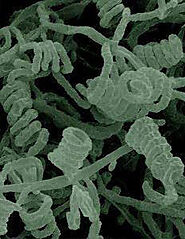
𝑆. 𝑎𝑣𝑒𝑟𝑚𝑖𝑡𝑖𝑙𝑖𝑠 are from the Streptomycetaceae family which are a part of the phylum Actinomycetota (i.e. Actinobacteria).
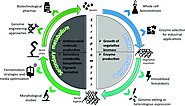
Antiparasitic agents are produced by the second metabolic process which involves fermentation. These agents are then used to create anti-parasite treatments for both animals and human in order to treat parasitic infections. They are also utilized to create natural insecticides that could protect agricultural produce against insects and parasites.
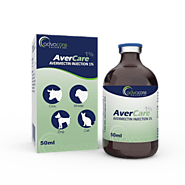
Avermectins are a group of drugs that contain semi-synthetic or naturally occurring macrocyclic lactone derivatives called avermectin B1a and B1b. which are products of 𝑆𝑡𝑟𝑒𝑝𝑡𝑜𝑚𝑦𝑐𝑒𝑠 𝑎𝑣𝑒𝑟𝑚𝑖𝑡𝑖𝑙𝑖𝑠
fermentation.
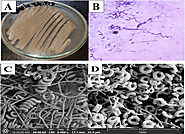
𝑆𝑡𝑟𝑒𝑝𝑡𝑜𝑚𝑦𝑐𝑒𝑠 𝑎𝑣𝑒𝑟𝑚𝑖𝑡𝑖𝑙𝑖𝑠 are rod shaped, gram positive, filamentous bacteria with a brown pigment and single linear chromosomes instead of circular ones usually found in other bacteria. They form vegetative, well developed, complex mycelia composed of filamentous hyphae, aerial hyphae and spores. They produce smooth colonies.

In nature 𝑆𝑡𝑟𝑒𝑝𝑡𝑜𝑚𝑦𝑐𝑒𝑠 𝑎𝑣𝑒𝑟𝑚𝑖𝑡𝑖𝑙𝑖𝑠 often form symbiotic relationships with plants as they help promote growth and protect the plant from harmful parasites and insects.
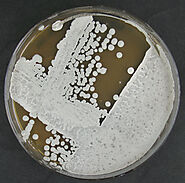
𝑆. 𝑎𝑣𝑒𝑟𝑚𝑖𝑡𝑖𝑙𝑖𝑠 primarily consume simple sugars like glucose and require nutrients such as nitrogen and phosphorus. Additionally 𝑆. 𝑎𝑣𝑒𝑟𝑚𝑖𝑡𝑖𝑙𝑖𝑠 are saprophytes which means that they consume dead organic matter hence serving as natural fertilizers.
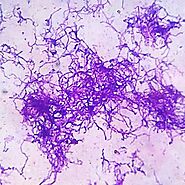
The main issues with the utilization of 𝑆𝑡𝑟𝑒𝑝𝑡𝑜𝑚𝑦𝑐𝑒𝑠 𝑎𝑣𝑒𝑟𝑚𝑖𝑡𝑖𝑙𝑖𝑠 is that Avermectins are extremely expensive to produce, as the production process can be very complex. A solution to these issues is to create a new strain of 𝑆𝑡𝑟𝑒𝑝𝑡𝑜𝑚𝑦𝑐𝑒𝑠 𝑎𝑣𝑒𝑟𝑚𝑖𝑡𝑖𝑙𝑖𝑠 to extract product from that requires less maintenance